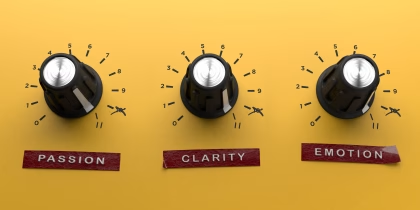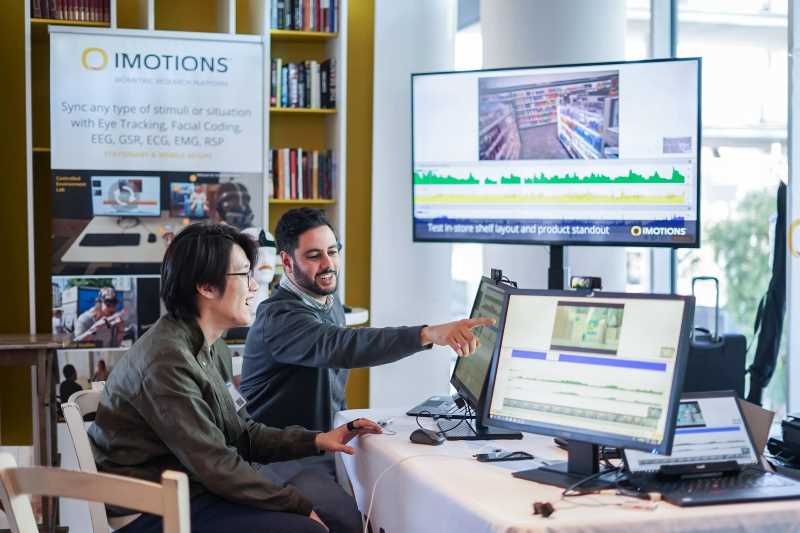Over 50% of onsite hazards remain unrecognised, primarily due to poor hazard perception and attention deficits. Eye-tracking can help in understanding human visual attention and cognitive response, but its application in construction has been restricted by the reliance on two-dimensional (2D) stimulus, such as pictures, which often lack realism. This study proposes a novel immersive virtual reality (VR) system integrated with computer vision (eye-tracking) technology for visual attention measurement. The study further explores the characterisation of VR eye-tracking data using Deep Learning Techniques. Based on tests with (n = 15) construction professionals across four experiments, VR eye-tracking was found to be a viable platform for understanding visual behaviour in hazard perception tasks. A Long Short-Term Memory (LSTM) Deep Learning model was further applied to the eye-tracking data and was found to effectively predict data peculiarities, as well as hazard identification performance of participants. The study provides preliminary evidence of the usefulness of eye-tracking data in VR simulations for enhancing safety training and provides pathways for real-time visual attention data measurement for safety interventions on construction sites.
Related Posts
-

Your Menu Is Your Most Powerful Marketing Asset
Consumer Insights
-

Measuring Pain: Advancing The Understanding Of Pain Measurement Through Multimodal Assessment
Ergonomics
-

Feeling at Home: How to Design a Space Where the Brain can Relax
Ergonomics
-

Why Dial Testing Alone Isn’t Enough in Media Testing – How to Build on It for Better Results
Consumer Insights



